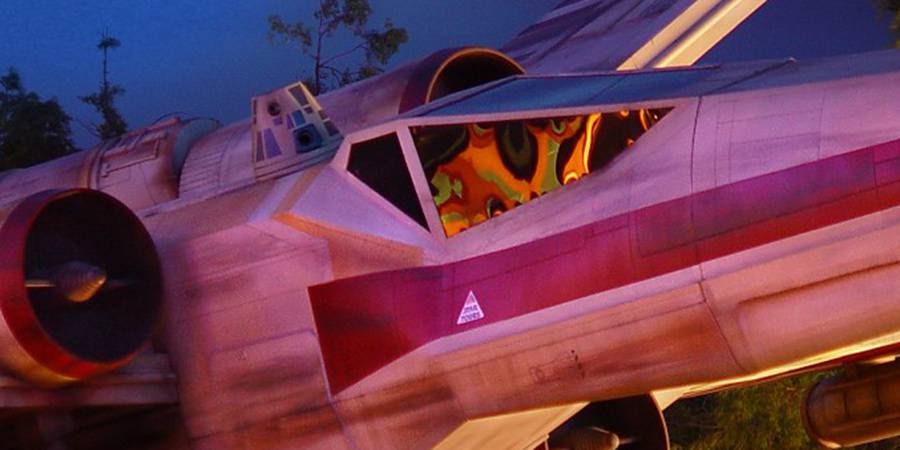 Kris Van de Sande
Kris Van de Sande Profile
Flush with the staggering success of the legendary R2, Industrial Automaton scrambled to capitalize on their newfound dominance. The R3 and R4 lines were specialty models tailored for two wildly disparate markets: high-tech government agencies and low-income urban customers.
The R4 was a successful attempt to capture a new market prospect: the Outer Rim city-dweller who might not have an X-Wing parked in her back lot, but who could really use a hand with her souped-up landspeeder. Accordingly, the R4 was simpler, tougher, and cheaper than previous R-series models.
To save money on production, items such as the video display screen and miniature fire extinguisher were omitted. The droid’s Intellex VI computer was advanced, but geared toward common repulsorlift designs and specs for commercially available space transports. The R4 was almost never used as a starfighter astromech, a good thing, as it could only hold coordinates for a single hyperspace jump in active memory. (This limited capacity apparently did not bother the X-wing pilots who call the Paris StarPort home. See picture at right.)
The droids were rugged and able to shrug off the nicks and dents common to a working garage environment. IA was pleased to discover that, with regular maintenance checks, the R4 outlasted its design parameters for operational life, weather endurance, and time elapsed between recharge sessions.
Mass-market buyers liked the R4, as did the freedom fighters of the Rebel Alliance. The model’s low cost and knowledge of general-purpose vehicles were appreciated by the resource-poor Rebels, and soon the droids’ conical heads were familiar sights in Alliance bases and Mon Calamari hangar bays. A few R4s, rigged with nonstandard magnetic fault sensors, were used by the Empire to detect flaws and weaknesses in the Death Star’s atmosphere containment fields.
This particular R4 unit is displayed outside the Paris StarPort in an X-wing that once belonged to the Rebel Alliance.